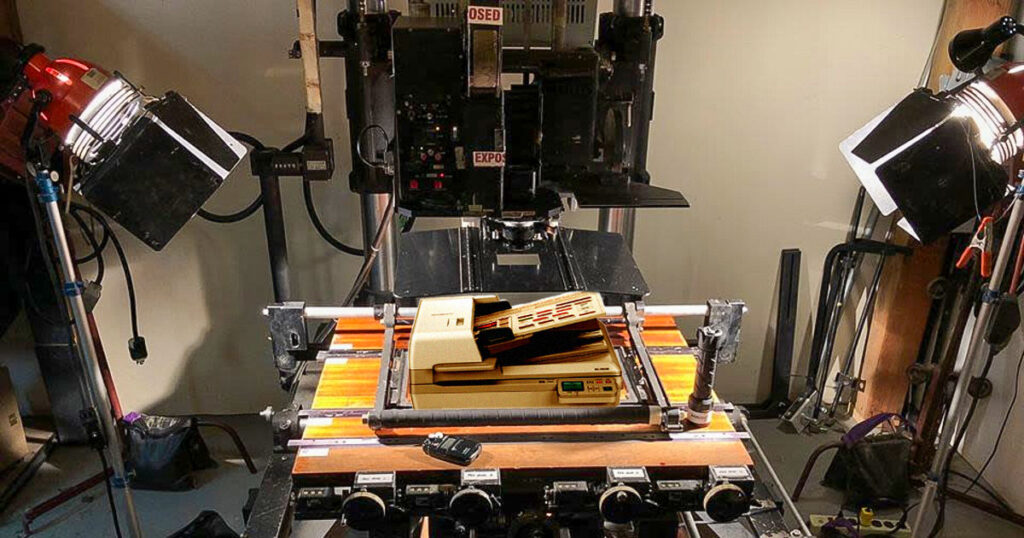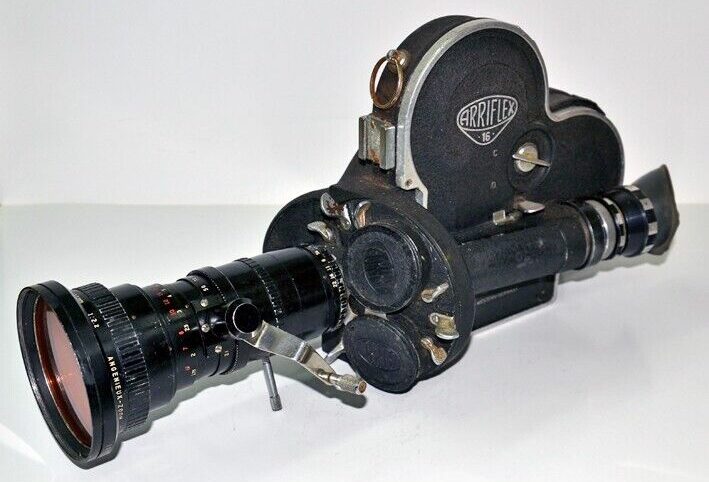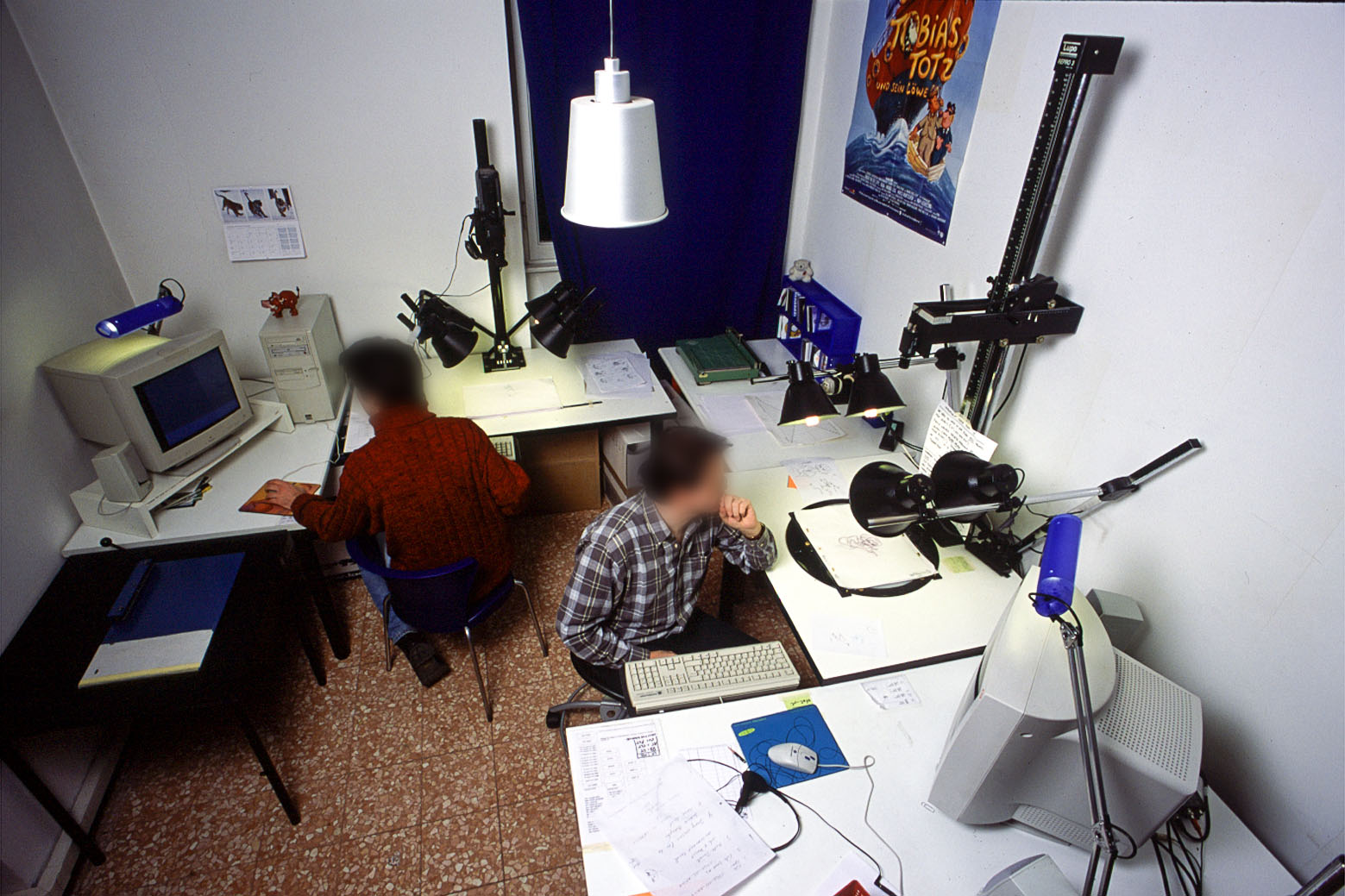That is, simplifying as much as possible, the transition from the 35 mm camera stand to the digital scanner.

A transition that occurred rather suddenly, as soon as technology made systems available that were powerful enough to acquire and process high definition images, and made the final quality competitive with that offered up until then by 35mm (or higher) film format.
This allowed a processing cycle, once the costs of the hardware and software systems, which were very high at the time, were amortized, dramatically faster and cheaper, while at the same time allowing an almost immediate clear improvement in the quality of the final product: no more limits on scene levels (until then limited to 4/5 due to the imperfect transparency of the cels), no more waste due to shooting errors, almost unlimited possibility of modifying the image up to the single frame, even afterwards, perfect image stability, total control over the colors, and many other unrivaled benefits.
For some time, at least for feature films intended for theaters, the digital image continued to be exported and distributed as film stock, and it would have taken a few more years to set a completely integrated digital cycle, but the path was now clear and definitive.
This great feast for producers and artists, however, has left a large mass of people penniless, employed in sectors that have suddenly become obsolete: from the crowded Ink&Paint departments, largely female, to the camera stand operators, to the technicians of the film developing and printing labs, up to the specialists of sophisticated systems such as the Truka and the Moviola 35mm, on which the VFX and the editing had been carried out up to that point.

FastFood PT
There was a minor “revolution”, almost contemporary with the main one, but which directly affected us as animators, namely the introduction of digital pencil test systems, soon also available at an individual level (I remember my very first personal Pencil Test, running on an Atari system and requiring only a small camera and a sufficiently steady and uniform lighting system).
This was certainly a 100% win-win, no-loss “subrevolution” for us animators.
The pencil test, as perhaps some still remember, was first made on film stock (I used an 16mm Arriflex, which I still jealously preserve), and then had to be physically sent to a D&P lab; the result could only be seen the next day, if it went well, but also days later, if the laboratory was not exactly a stone’s throw from home.

former NightFlight Animation Studio in Milano
Having the possibility to test your animation, even in the early phase of a sketch or thumbnail, at any time, and being able to see the result practically in real time, was undoubtedly one of the most significant positive “revolutions” that occurred in our profession. Not many here, I think, experienced this fundamental step firsthand, but try to imagine the euphoria that this innovation unleashed among the animators working at that time. Not to mention that this same innovation has led to a drastic acceleration of the learning process: while before it for the maturation of an animator at the top level (at Disney level, I quote from F.Thomas & O.Johnson’s volume “Illusion of Life” – the Holy Bible of our profession) took on average at least ten years, suddenly these times were reduced to half, or even just two/three years, if the artist had good talent and was willing to work really hard.
I do not exclude that this fundamental innovation was the basis of the great “flowering” of animation in the 70s/80s, launching onto the market a previously unimaginable quantity of young talents who were incredibly skilled and ready to assert themselves.
In the next article I will talk about the second shocking revolution I was in time to witness: the advent of 3D animation.
The Second Revolution: “Pixart”
